Today, we’re on the ground at the Canberra Deep Space Communication Complex (CDSCC) in Canberra to celebrate 50 years of the NASA Deep Space Network, and Australia’s role in it.
Did you know that Australia has supported the US space program for more than 50 years? Australia’s partnership with the USA in space missions formally dates back to February 1960, when an agreement was signed to facilitate the establishment of a deep space tracking facility in Canberra.
A news clipping from the Canberra Times, 7 March 1963. Via: Trove Digitised Newspapers.
The global Deep Space Network is made of up three tracking stations: our dishes at Tidbinbilla (in Canberra), Goldstone (California) and Madrid (Spain); it controls spacecraft travelling through the solar system and receives the data they send back. Together, the three stations provide around-the-clock contact with more than 40 spacecraft, including missions to study Mars, Venus, Jupiter, Pluto, comets, the Moon and the Sun. CDSCC is managed and operated by CSIRO on behalf of NASA, and we’re proud to be involved in such an exciting global network.
1965: Prime Minister Sir Robert Menzies is presented a model of a 26-m deep space station antenna at the opening of the Tidbinbilla Deep Space Instrument Facility, today known as the CDSCC.
At the official opening of the CDSCC on 19 March 1965, Prime Minister Robert Menzies was quoted as saying: “There is a certain mutuality about this [partnership between Australia and the US], but behind it all there is a tremendous friendship.”
CDSCC was also the site for our first ever CSIROtweetup, which coincided with the 2011 launch of the Mars Science Laboratory, and the facility also streamed the touch-down of the Mars Exploration Rover in 2012. In 2015, the new 34-m antenna currently nearing the end of construction at CDSCC will be an important tracking station for the New Horizons mission on a fly-by of Pluto and beyond.
Each of the DSN facilities around the world will be marking the 50th anniversary in their own way throughout the year, but our Canberra facility is the first to officially celebrate the milestone. Not only that, but today is also the station’s 49th birthday, so happy birthday CDSCC!
To follow along with the day’s activities, check in on the CSIROEvents on Twitter, which we’ll be using to live tweet from the site.
- The control room for DSS42, the station’s original antenna which started life as a 26-m dish antenna, and expanded to 34-m for later missions. Dozens of operators were on duty at any one time monitoring individual systems. Today a centralised control room operates all the station’s antennas with a team of only 5 or 6, thanks to technological progress.
- 1969: Being an Australian station you’ve just got to have a cricket pitch. Just a month after this photo was taken, the “flattest part of the valley floor” became the site for the new 64-m antenna DSS43 (now 70-m in diameter). Important to note that while no one plays cricket ‘on the dish’, station staff like to play an annual cricket game in its shadow.
- 1972: The Visitor Centre at the Tidbinbilla tracking station was converted from a part of the staff quarters to accommodate the thousands of people who were coming to the station during the heyday of lunar exploration. Today, our Visitor Centre at CDSCC is much larger and welcomes around 70,000 visitors per year through the doors.
- 1972: Prime Minister Gough Whitlam is presented a model of the Pioneer 10 spacecraft by NASA Administrator, James Fletcher at the opening of DSS43.
- 2013: Deep Space Station 43 on the anniversary day
- 2013 L-R: Deep Space Station 43 pre-wash and paint, during the wash in April 2013, and post wash and paint in May 2013

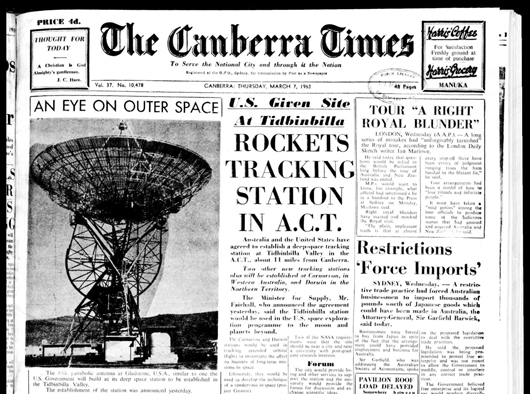
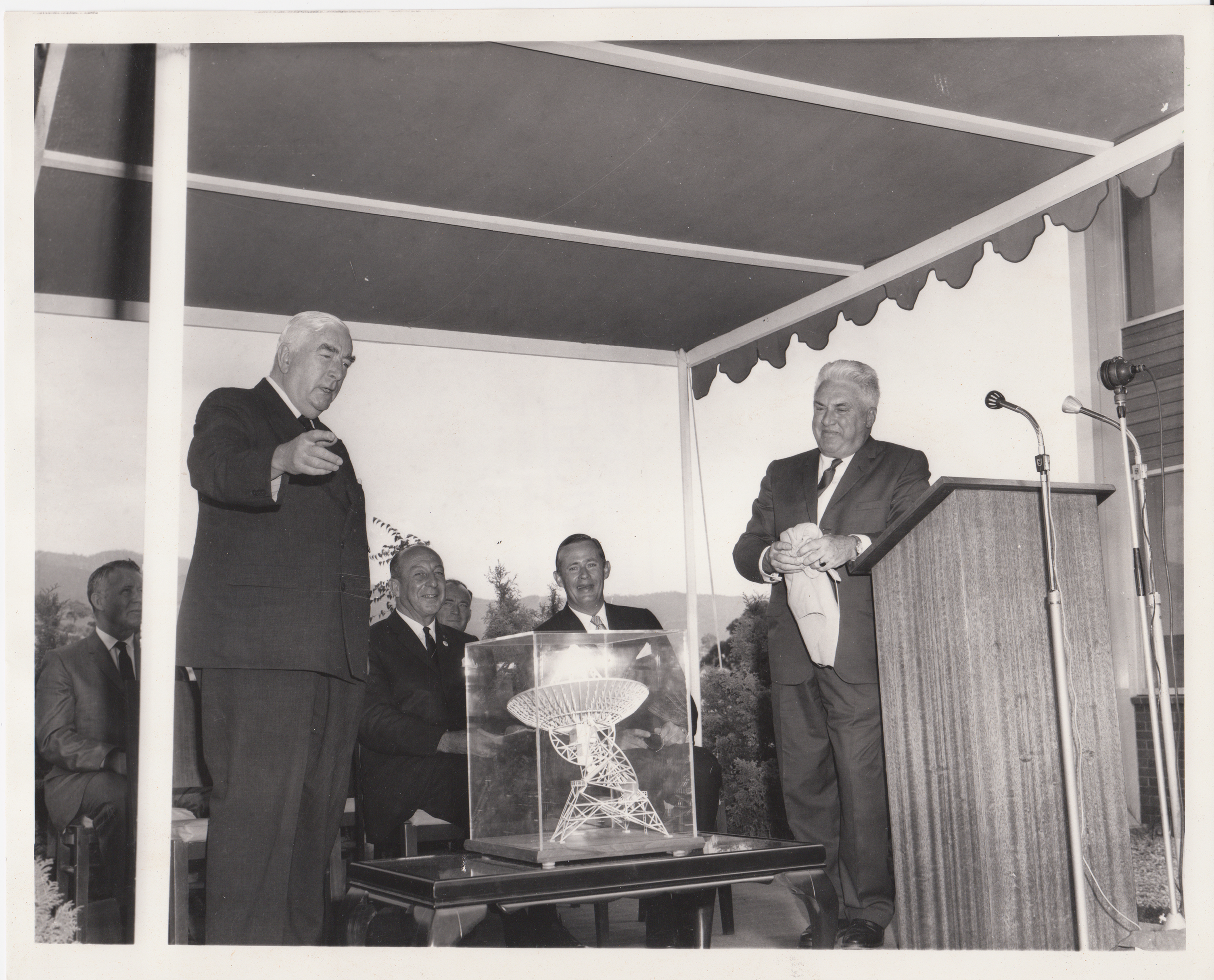
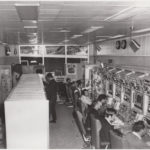
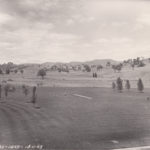

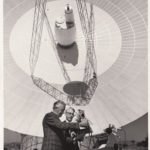
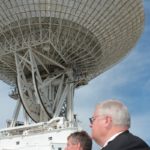
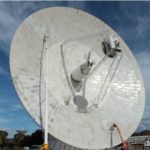
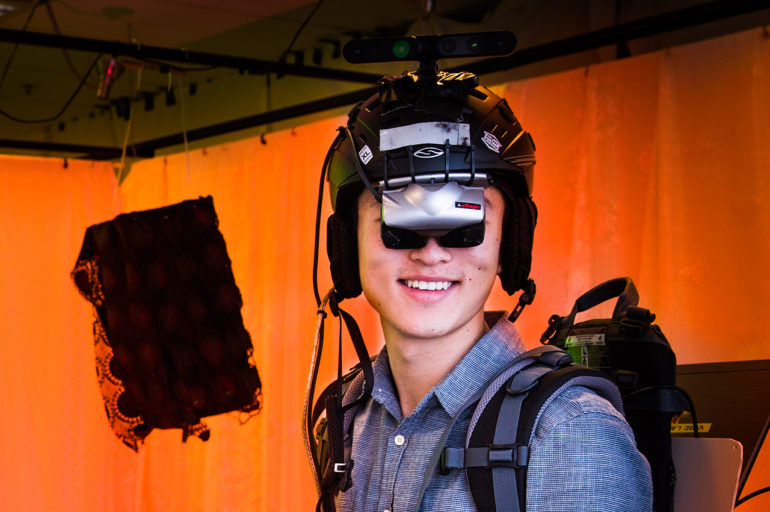
19th March 2014 at 11:18 am
Reblogged this on News @ CSIRO and commented:
Celebrating 50 years of space love with NASA today. Didn’t know we collaborated with NASA? Our Canberra Deep Space Communication Complex is part of the Deep Space Network and has a fascinating history. Read more over on the Universe blog.